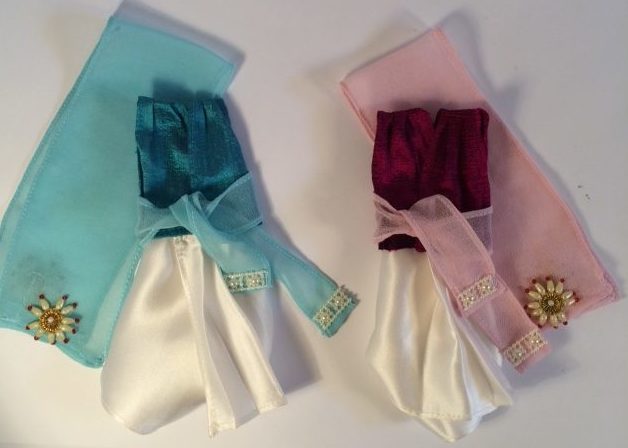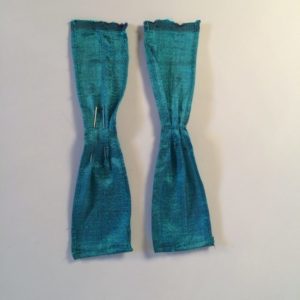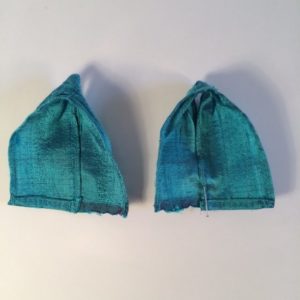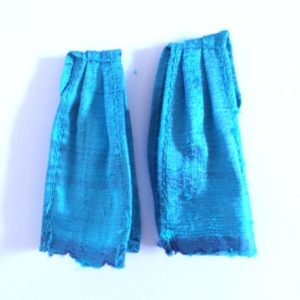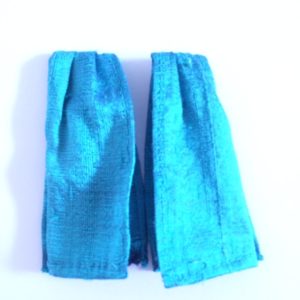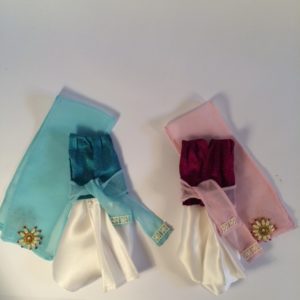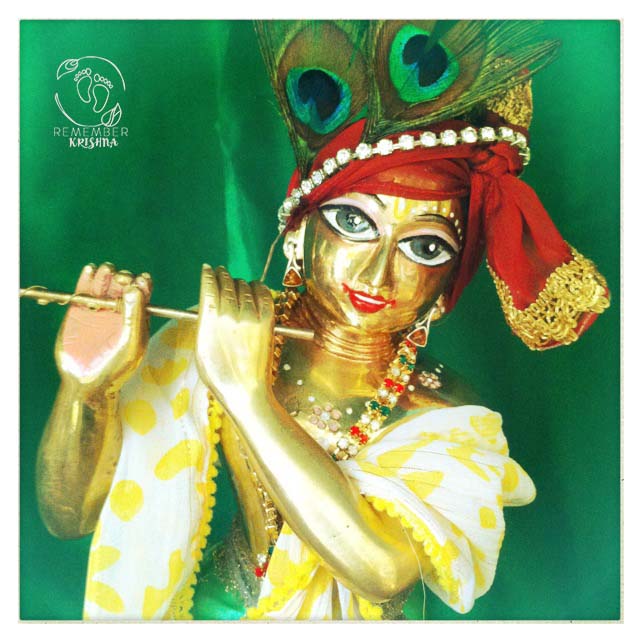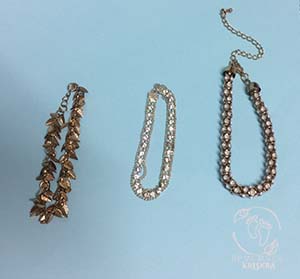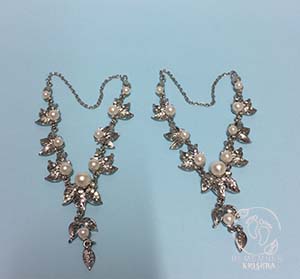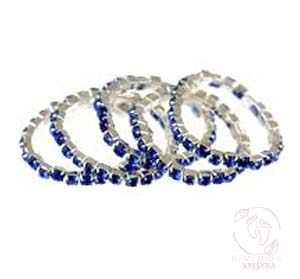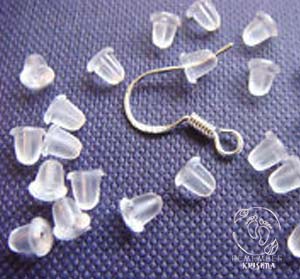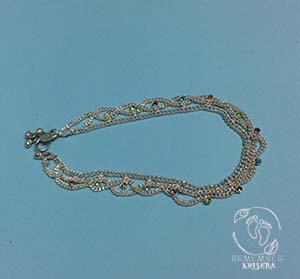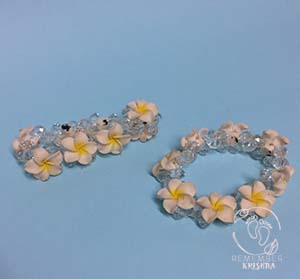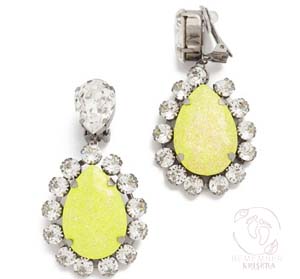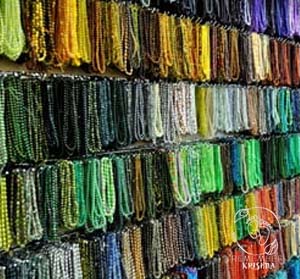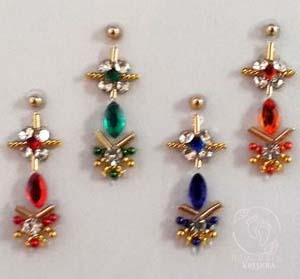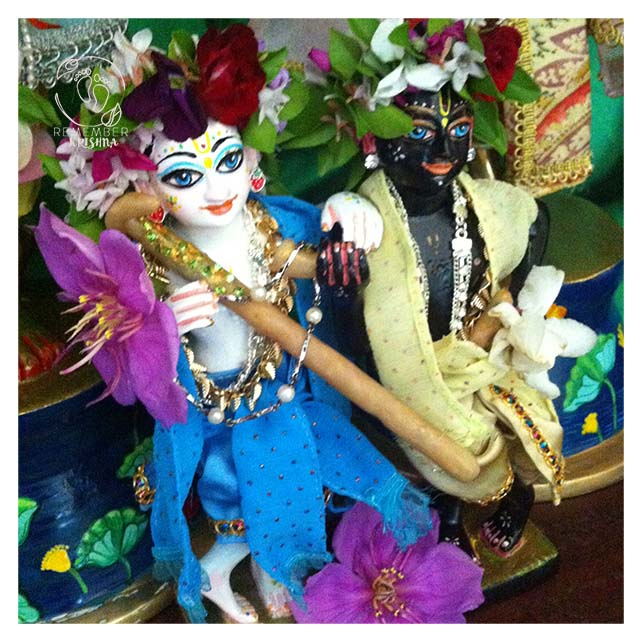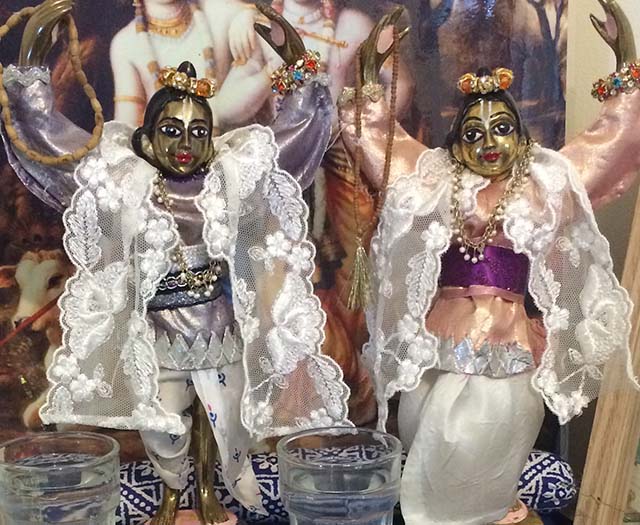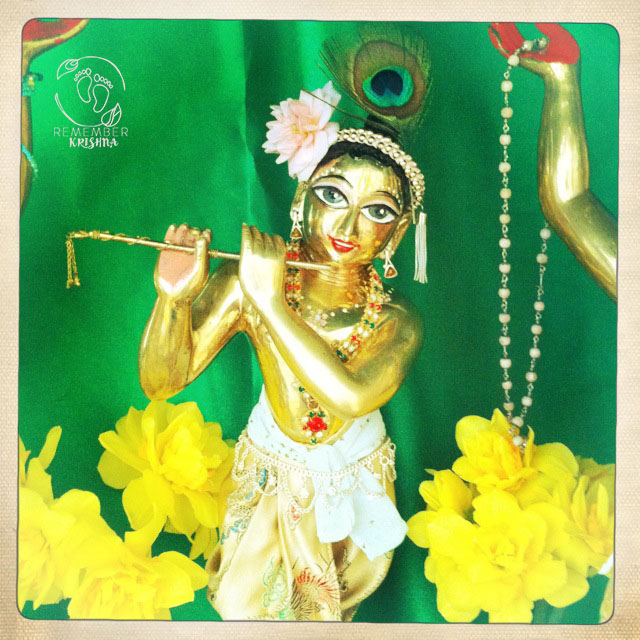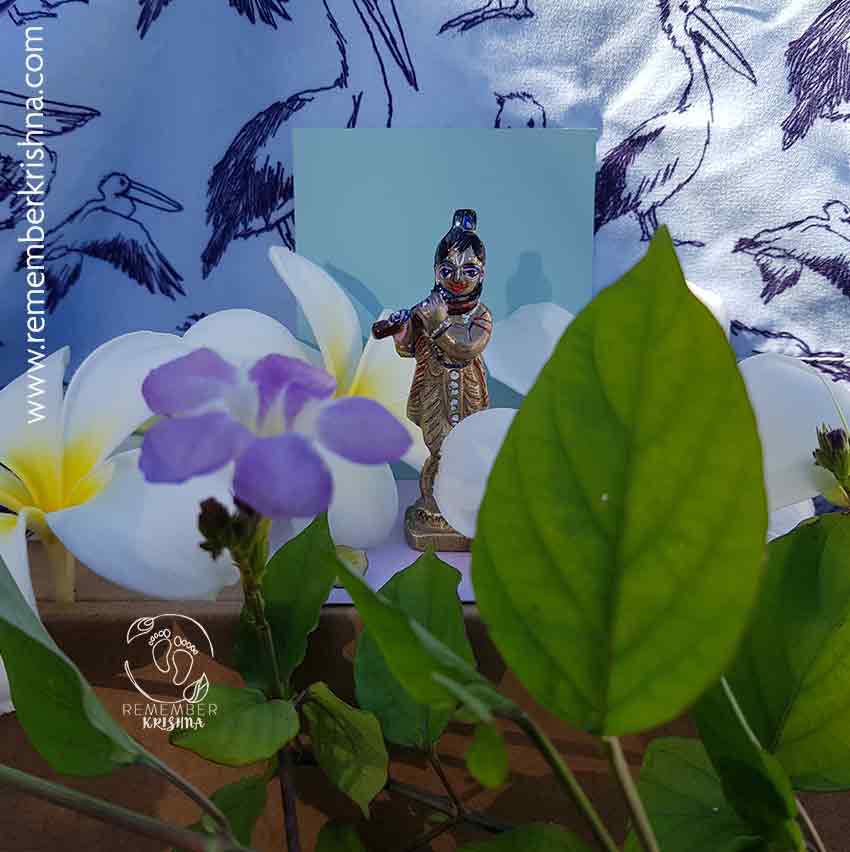
Although by no means an expert, it’s been my pleasure and challenge to be given deities to paint. The first step before painting your deity is cleaning the deities.
As I have spent copious amounts of time researching and adore talking about all aspects of deity care please read on for my guide to cleaning your Lordships.
This advice encompasses metal vigraha forms.
This is a nice way to polish up your installed deities, and doesn’t leave nasty residue or make them experience an unpleasant odour or process. It can be like another beautiful form of worship.
I usually clean my Lords at the sink, first cleaning the sink! then laying down cloth and having plenty of cotton wool or cloths at hand, as well as a pitcher to pour over them for rinsing.
HOW TO CLEAN YOUR DEITIES:
Cleaning deities is best done with the following methods.
Fresh Lemon juice
Gopi chandan (tilak)
Polishing cloth( paper towels, cotton cloth, or cotton balls)
Soft cloth to dry
Or
Fresh lemon juice
Tamarind paste
Polishing cloth( paper towels, cotton cloth, or cotton balls)
Soft cloth to dry
Notes on which one to use, and benefit:
I find that tilak paste is superior in removal of dark tarnish, but you may need to spend longer removing the paste from the deity form and occasionally use a soft new toothbrush to remove white from crevices. It’s still superior to using any commercial brasso or other tarnish remover brands.
Tamarind paste leaves zero residue and is perfect for gently polishing.
I tend to use whatever I have at hand.
Important notes;
As you polish the deities you should keep away from eyes inlaid with conch. These can have soft black gum paste filling the iris/pupil socket which will be removed by vigorous cleaning. Should you have an emergency and need to repair such a loss, I have successfully used a wood putty to fill both a missing iris AND a missing conch eye. You never know the state of some deity forms – they can come to your care with numerous little challenges.
Applying paste;
Combine to a frothy smooth paste and apply using a soft cotton cloth or cotton wool balls or pads.
As you polish the deity forms any tarnish will transfer to the cloth as black marks.
You can wash the deity form under warm running water to clean, or stand the deity form of the Lord and pour water over murti to remove polishing paste.
Gently dry.
Admire.
Now you are ready to paint your Lords – please see here for some advice on painting metal deities of Nitai Gaur, or Krishna, and Radha.
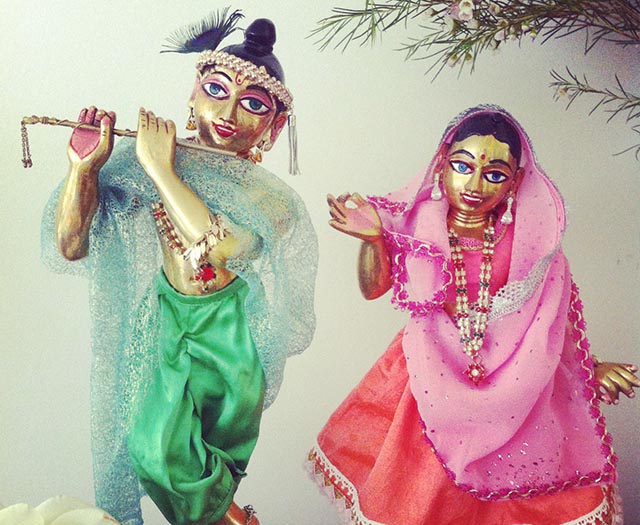
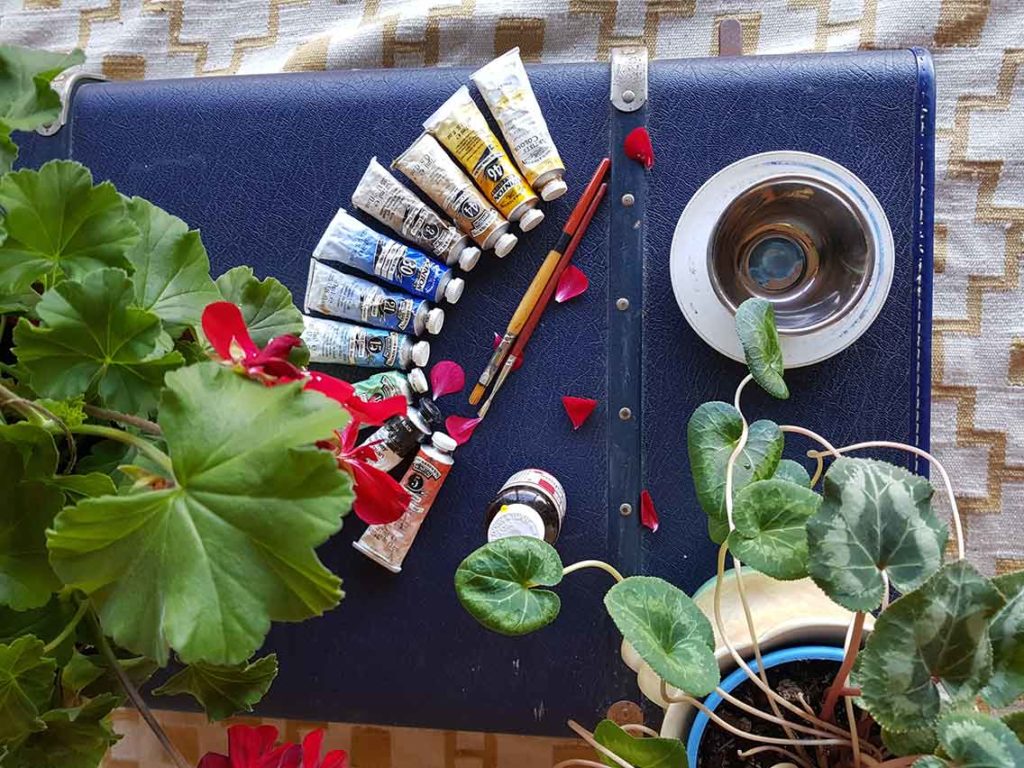
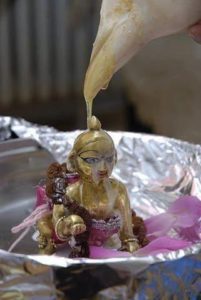
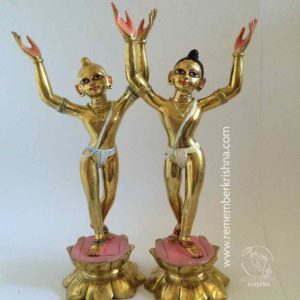
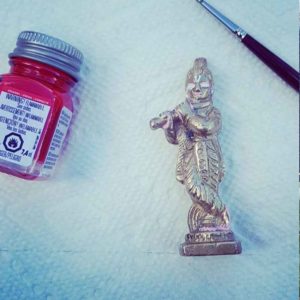
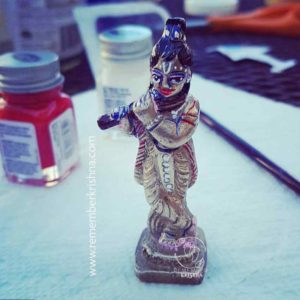
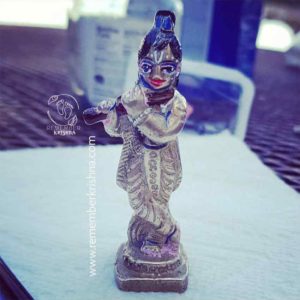
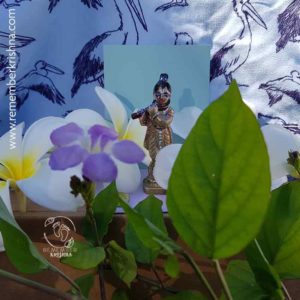 **You may have to hunt around to find where you can purchase mini enamel paints. Try hobby shops, or toy shops often sell enamel paints for model painting. You always have the option of ordering online. You can use the enamel house paints which are available from hardware stores but generally these are sold in larger containers than required, and you can end up spending more than you would need to. I can’t vouch for whether they are stronger or not.
**You may have to hunt around to find where you can purchase mini enamel paints. Try hobby shops, or toy shops often sell enamel paints for model painting. You always have the option of ordering online. You can use the enamel house paints which are available from hardware stores but generally these are sold in larger containers than required, and you can end up spending more than you would need to. I can’t vouch for whether they are stronger or not.